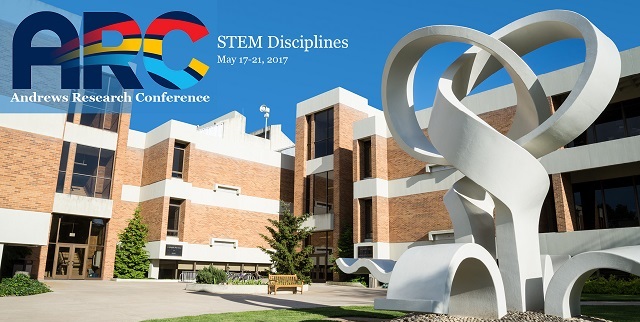West Indian Manatee (Trichechus Manatus) Habitat Characterization Using Side-Scan Sonar
Presenter Status
Graduate Student, Department of Biology
Presentation Type
Oral Presentation
Session
D
Location
Chan Shun 108
Start Date
19-5-2017 2:45 PM
End Date
19-5-2017 3:05 PM
Presentation Abstract
In this study, the reliability of low-cost side-scan sonar to accurately identify soft substrates such as grass and mud was tested. Benthic substrates can be hard to classify from the surface, necessitating an alternative survey approach. A total area of 11.5 km2 was surveyed with the sonar in a large, brackish mangrove lagoon system. Individual points were ground-truthed for comparison with the sonar recordings to provide a measure of accuracy. Five substrate types were identified: Dense seagrass, sparse seagrass, mangrove soil, mangrove soil with rock, and silt. A zoned benthic substrate map was created from the sonar recordings. Dense seagrass was most accurately identified. Sparse seagrass had the lowest accuracy. A bathymetric map was also created from the sonar recordings. Manatee sighting locations were overlaid on these maps to make a preliminary assessment of habitat use. Most manatee sightings occurred in areas 2–6 meters deep and characterized as mangrove soil.
Biographical Sketch
I have just completed my MS degree in biology at Andrews University. My research areas of interest include ecology, marine biology, and wildlife biology.
West Indian Manatee (Trichechus Manatus) Habitat Characterization Using Side-Scan Sonar
Chan Shun 108
In this study, the reliability of low-cost side-scan sonar to accurately identify soft substrates such as grass and mud was tested. Benthic substrates can be hard to classify from the surface, necessitating an alternative survey approach. A total area of 11.5 km2 was surveyed with the sonar in a large, brackish mangrove lagoon system. Individual points were ground-truthed for comparison with the sonar recordings to provide a measure of accuracy. Five substrate types were identified: Dense seagrass, sparse seagrass, mangrove soil, mangrove soil with rock, and silt. A zoned benthic substrate map was created from the sonar recordings. Dense seagrass was most accurately identified. Sparse seagrass had the lowest accuracy. A bathymetric map was also created from the sonar recordings. Manatee sighting locations were overlaid on these maps to make a preliminary assessment of habitat use. Most manatee sightings occurred in areas 2–6 meters deep and characterized as mangrove soil.



